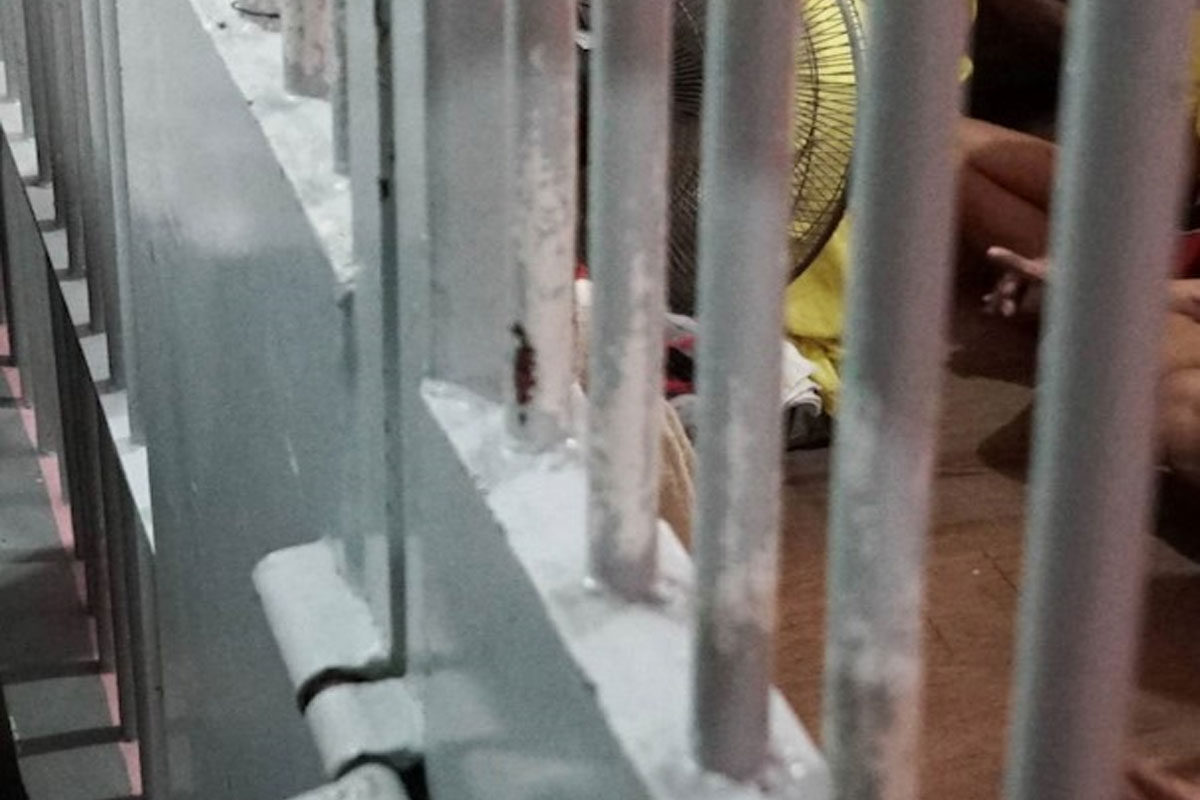
House solon seeks to create Muslim public cemeteries
A MEASURE mandating all cities and municipalities with considerable Muslim populations to establish their own Muslim public cemeteries has been filed in the House of Representatives.
Basilan Representative Mujiv Hataman filed House Bill (HB) No. 3755, titled “Muslim Filipino Public Cemeteries Act,” which seeks to require all local government units (LGUs) to allocate land, depending on the size of their respective Filipino Muslim populations, for the establishment of public cemeteries for Muslims.
“Sa aming pananampalataya, kailangang mailibing ang pumanaw sa loob ng 24 oras. Grabeng hirap ang pinagdadaanan ng mga pamilya dahil dito, lalo na kung wala o malayo ang Muslim cemetery sa kanilang lugar. Kadalasan ay bumabiyahe pa nang malayo para lamang mailibing ang kanilang mahal sa buhay,” Hataman, former governor of the now-defunct Autonomous Region in Muslim Mindanao (ARMM), said.
“Nagdadalamhati ka na sa pagkawala ng kaanak mo, dagdag na pabigat pa sa nararamdaman ang suliraning dulot kung saan sila ihihimlay. Nais nating baguhin ito sa ating panukala para magkaroon ng himlayan ang mga Muslim sa mga lungsod o munisipalidad kung saan sila naninirahan,” he added.
“At inilagay din natin sa panukala na kapag indigent ang residenteng Muslim na pumanaw, libre na ang kanyang pagpapalibing.”
The total population of Muslim Filipinos reached around 12.7 million, according to data from the National Commission on Muslim Filipinos (NCMF), with hundreds of thousands in all of the regions save for CAR (Cordillera Administrative Region), which has a Muslim population of 39,503.
According to HB 3755, all cities and municipalities within BARMM are required to allocate a minimum of two hectares of suitable land as public cemeteries for Muslim Filipinos. For Metro Manila, the bill requires at least 3,000 square meters of suitable lands to be used as Muslim cemeteries for each LGU but may procure property outside of Metro Manila within a reasonable traveling distance for the purpose.
For all cities and municipalities outside Metro Manila, the following rules apply: 5,000 square meters if the Muslim population is at least 1,000; 3,000 square meters if the Muslim population is at least 500; and 2,000 square meters if the Muslim population is at least 300.
“In cases wherein any component city or municipality of a province does not meet the above-enumerated minimum population within the city or municipal territory for the establishment of a public Muslim Filipino cemetery, the province, being the next LGU and in anticipation of an increase in local Filipino Muslim population within its territory, is hereby mandated to allocate:
A minimum of one hectare of suitable land for the establishment of a Muslim public cemetery where the total population of Filipino Muslims in the said province exceeds 2,000 individuals; 5,000 square meters when the total Filipino Muslim population in the province is below 2,000 but more than 1,001 individuals; and 2,500 square meters when the total Filipino Muslim population in the province is 1,000 and below.”
“Dito lang sa Metro Manila kung saan lagpas kalahating milyon ang mga Muslim, congested na ang Taguig Muslim Cemetery. Kaya pinupuri natin ang pagbubukas ng Muslim Cemetery and Cultural Hall sa Maynila at sa mga karatig na sementeryo tulad ng Norzagaray Muslim Cemetery sa Bulacan at Montalban Islamic Cemetery sa Rizal,” Hataman expressed.
“Pero mas mainam pa rin na mayroong sementeryo sa lahat ng lungsod at munisipalidad dahil mga residente rin naman sila ng mga ito. Constituents sila ng mga serbisyo ng LGU at marapat lamang na magkaroon sila ng lugar na paghihimlayan ng kanilang mga kaanak,” he further declared.






















